Get Beneath the Surface of Japan
The last destination that I want to highlight is JAPAN! They have been LGBT friendly for centuries which means it was long before the acronym was established. I have decided to highlight 9 of the lesser know areas of Japan for the true adventurer at heart. This will be the last installment in this series of blog posts as my event at the GSBA Tourism Luncheon on June 14th is tomorrow. I have a table where I will present my business to the attendees of the luncheon. I decided to offer information about select destinations and specific types of travel to the attendees and I figured these would make great blog articles as well.
The GSBA (Greater Seattle Business Association) is the largest LGBT and allied chamber of commerce in North America. GSBA is widely known throughout the Puget Sound region for its work on business development, connecting community through business, advocacy for both civil rights and business interests and promoting LGBT tourism through its Travel Gay Seattle initiative. That is why I decided to focus my marketing efforts on LGBT friendly destinations and travel opportunities.
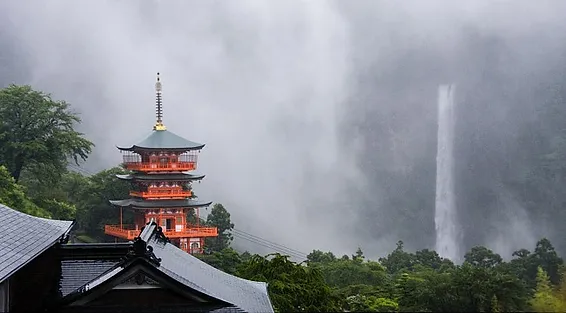
NACHI
This is a small, coastal town about 240 km (150 miles) southeast of Osaka. It has one of Japan’s most famous and tallest waterfalls at 133 meters (436 feet) high. The falls are right next to the Nachi Taisha Grand Shrine and Seigantoji Temple which are part of the UNESCO World Heritage Sacred Sites and Pilgrimage Routes in the Kii Mountain Range.
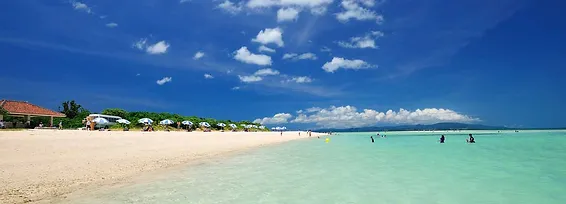
TAKETOMI
This is a tiny island in the Okinawa island chain and isn’t that far from Taiwan island. It is best known for the beautifully preserved, traditional Ryukyu village with its red clay roofs and guardian shiisa lions. Also it is well-known for its beaches like Kondoi Beach and Star Sand Beach which has unique star-shaped sand.

SAPPORO
Located 830 km (515 miles) northeast of Tokyo, this city is familiar to millions of people around the world as the site of the 1972 Winter Olympics—and to millions more as the home of the Sapporo beer brewery. One of the most popular times to visit is during the February Snow Festival where residents make giant ice carvings that last for several weeks. The festival also includes concerts and other winter-themed events.
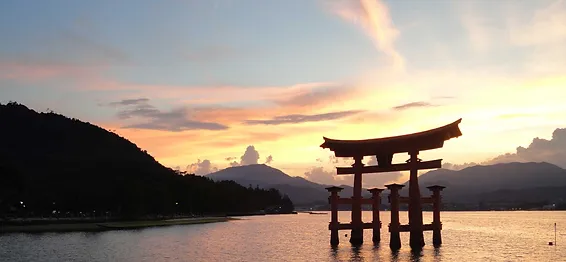
MIYAJIMA
This is a tiny island just off the coast of Hiroshima and is one of the most scenic spots in Japan. It has long been regarded as an “Island of Gods” on the tranquil Inland Sea. It is home to the Itsukushima Shrine which was first built in the sixth century. Its unique location, floating on top of the seawater, makes it a one-of-a-kind World Heritage site. The shrine’s beauty is further enhanced by the O-Torii (Torii Gate), a bright orange structure that seems to rise out of the water about 200 yds/185 m in front of the main shrine.Since ancient times, Miyajima has been revered and worshiped.

MOUNT KOYA
The history of Mount Koya stretches back some 1,200 years to the ninth century, when a monastic retreat was set up atop the mountain to serve members of the Shingon sect of Buddhism. Today it is one of the most atmospheric and peaceful places that you can visit in Japan. It still retains some degree of seclusion as it is only reachable by a succession of slow, countryside trains and a funicular railway. Despite its relative proximity to Osaka, Mount Koya can take quite some time to reach! One of the main reasons to seek out Mount Koya is to stay in a unique temple lodging, or shukubo.
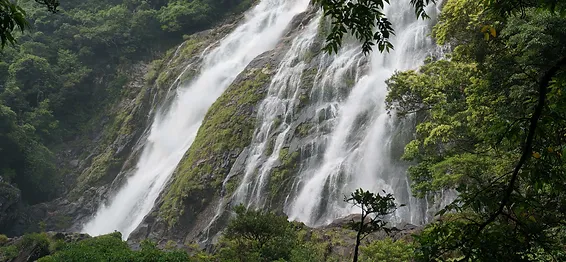
YAKUSHIMA
This is a small, mountainous island lying 60km (37 miles) southwest of Kyushu Island. It was designated a Natural World Heritage Site since 1993 and Yakushima’s main attractions are its primeval cedar forests, with their ancient trees and dizzying array of flora and fauna.
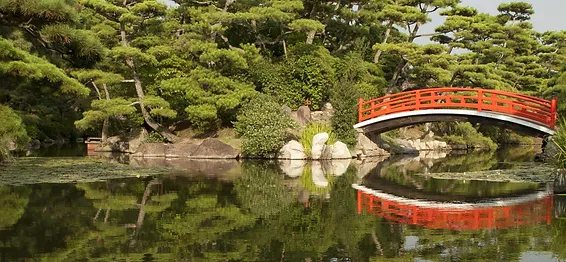
TAKAMATSU
Home to Japan’s largest garden, Ritsurin-koen. It is a fine example of landscaping, borrowing the pine-clad scenery of Shuin-zan and blending chestnut trees, lotus ponds, arching red bridges and artificial islands. Several elegant tatami teahouses sit in the garden and the entrance ticket allows visitors to take part in a tea ceremony at the Chrysanthemum Moon Pavilion. During the Edo period feudal lords spent 100 years constructing the 750,000m2 (185 acre) strolling garden which is designed to provide viewing enjoyment in all seasons.

FURANO
This is a city in Japan’s Hokkaido prefecture and well-known for its lavender fields and picturesque rural landscapes. The best time to visit is July, when the lavender fields are in bloom. During the winter months, Furano turns into a popular downhill and cross country skiing resort which held the Snowboarding World Cup recently.
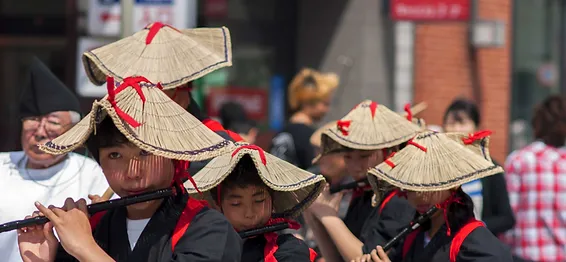
TAKAYAMA
This is a bustling market town known for its sake, traditional crafts, and biannual festival held in the spring and considered one of Japan’s best festivals. It was once the home of Japan’s most skilled carpenters and artisans, and the well-preserved streets and wooden houses showcase its history. Takayama is a great addition to most itineraries as it adds a rural element into your trip.
Read more about this fascinating country on our Destination Japan page.
Originally Published Jun 14, 2017 – Updated Oct 8, 2020
